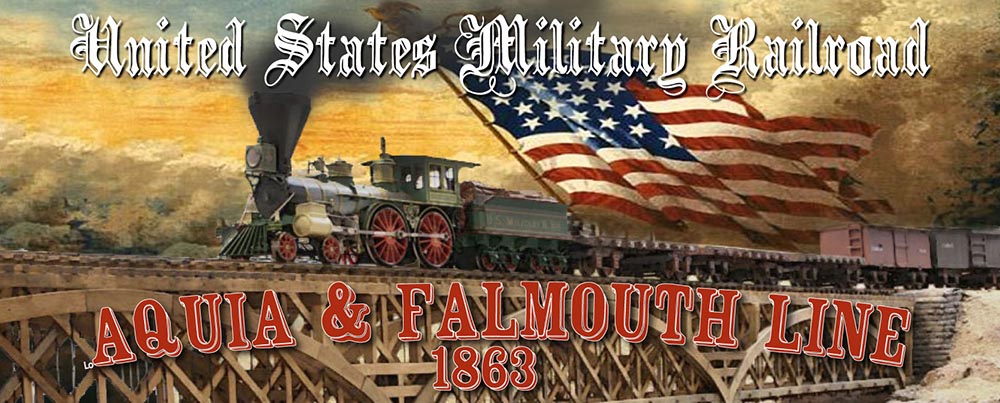I just finished a busy two-week period with trips to Valley Forge, PA for the 2021 Historicon wargaming convention and a trip to New Jersey for the Northeast Interchange 2021 for operating sessions on three layouts in New Jersey.
Historicon 2021 was a good convention despite the requirement for all wargaming participants to wear masks. The event was held at the Casino Resort in Valley Forge. The venue has a vast number of rooms for games, clinics and presentations, but the rooms are spread about a large area. That made it hard to wander around and get in pick up games or find your friends.
 |
| My terrain board for the games I hosted. The scenario was a battle between US airborne and German infantry near the la Fière farm on the morning of D-Day |
The scenario I hosted was called "Seize and Secure." The forces involved elements of the US 82nd Airborne Division (and some 101st Airborne that were scattered in this area) versus the German 91st Air Landing Division, specifically the 1057th Infantry Battalion. The battle occurred during the morning hours on June 6th, 1944, D-Day.
The bridge crossing the Merderet at La Fière was of critical importance to both the German and US operations in this area of Normandy.
 |
| The US players attack along the Merderet River in the second iteration of my game. |
Soon, however, a heavy German counterattack with armor support pushed across the causeway and back to the bridge. Two armored assaults were attempted, but both were repulsed, with the bridge never leaving American control. Later on with the arrival of infantry and tanks from Utah Beach the La Fière crossing was fully secured. The Allies soon after began the advance up the Cotentin Peninsula and deeper south into France.
This scenario represented the first US attack to capture the farm and bridge. The farm at La Fière dominates the bridge and must be cleared of German troops. To win the battle, the American must capture the Manoir House (no Germans inside) and hold it until the Germans withdraw or are forced to withdraw due to loss of force morale.
In the first game, a 86 year old grandfather and friend led the US paratroopers against his adult grandson and a new player. The Germans were able to stop the Americans and inflict heavy losses. The next morning 4 different players tried the scenario and the US attack succeeded in driving off the Germans, but it was a close run thing.
 |
| An impressive urban combat board depicting the US attack on Aachen, 1944 |
When I returned home, I was not feeling well for a couple days, so I took it easy. Then I tried to finish up a project that I started before the museum model project, but had to shelve (pun intended). This was a custom display case for my small collection of Porsche racing cars in 1/43rd scale. I never intended to collect those cars. At first I just wanted to get some models of cars I saw racing when I lived in Germany. I also got models of Porsche cars that I owned. As many of you know, I am a Porsche fan boy. These models are preassembled and painted, and are very finely detailed. I liked the models so much that I bought a few more as souvenirs of my interest in Can-Am and Le Mans racing from my youth. The collection then gradually grew over the years to become a documentation in model form of Porsche's glorious racing history.
The models come in acrylic boxes which really don't do them justice when you want to view them. They also took up a lot of display space. So I designed a custom display cabinet using tempered glass doors and poplar wood for a case. I drew the plan in Fusion 360 and made 2D drawings for the glass parts. I subcontracted the glass doors and shelves cutting and drilling to Del Ray glass. I used hinge hardware to create frameless, flush closing doors. The glass is tempered for durability and strength. The glass parts were quite expensive. After doing some tests with an internal light, I decided against including one. I lined the back wall with a piece of felt to provide a nice matte finish.
 |
| Testing if the display case should have internal lighting. I decided against including a light. |
I finished building the display case and began installing the cars in chronological sequence. The collection is mostly Porsches with one Lancia Beta Scorpion with a Fruit of the Loom sponsor that raced in the early 1980s in Germany and an Audi LMP1 car from the late 1990s.
Next, I want to make labels for each car in a consistent style. It is difficult to get a good picture of the display case in its final position due to the narrow hallway where it is mounted. Thanks to Scott Wahl for helping me install it.
 |
| Finished display case mounted on the wall in the short hallway between the front layout room and the crew lounge. The models look so much better behind the glass doors. |
I will continue the story about the NE Interchange in a subsequent post.


Looks great. I enjoyed the write-up of the wargame. One of my favorite scenarios for wargames is based on Pegasus Bridge, also a D-day critical bridge mission.
ReplyDelete